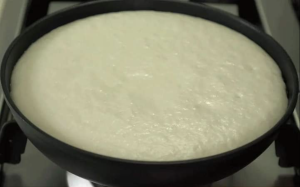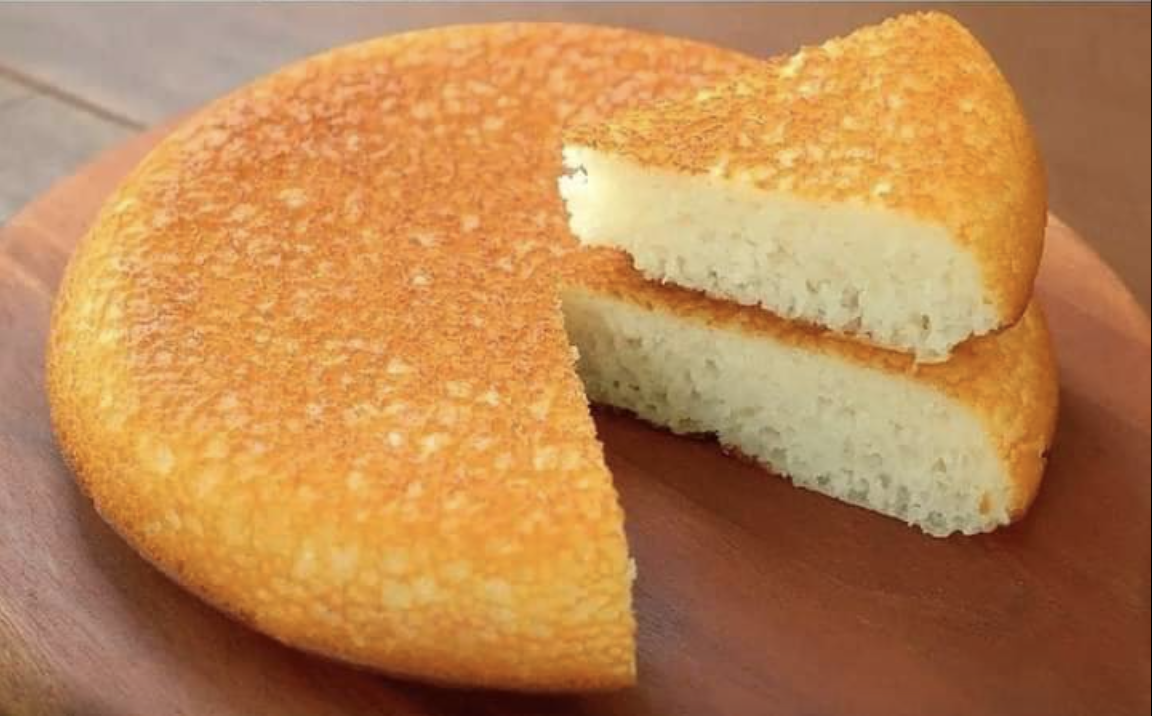Rice bread, a gluten-free and healthy alternative to traditional wheat bread, is gaining popularity for its unique texture and flavor. This article provides a comprehensive guide to making rice bread without an oven, offering a full recipe, variations, and serving suggestions.
Introduction to Rice Bread
Rice bread is not only a delicious alternative but also a boon for those with gluten intolerance or those following a paleo diet. Its versatility and ease of preparation make it a favorite among home bakers.
Why Oven-Free Baking?
- Accessibility: Not everyone has access to an oven, making oven-free recipes crucial.
- Convenience: Oven-free baking can be quicker and more energy-efficient.
For more insights into gluten-free baking, check out Natasha’s Home – Gluten-Free Baking, which offers a wealth of information on alternatives and techniques.
Key Ingredients for Rice Bread Without Oven
- Rice flour: The primary ingredient, providing structure and texture.
- Psyllium husk: A fiber-rich ingredient that helps bind the bread.
Discover various low-carb bread options at Natasha’s Home – Low-Carb Bread, which can be a great addition to your baking repertoire.
Tools and Equipment Needed
- Mixing bowls
- Whisk or electric mixer
- Baking loaf pan
- Parchment paper
Full Recipe for Rice Bread Without Oven
Ingredients
- 2 cups rice flour
- 1 tbsp psyllium husk
- 4 large eggs
- 1 tsp baking powder
- 1/2 tsp sea salt
- 1 cup water
Instructions
- Prepare the Dough: In a large bowl, mix the rice flour, psyllium husk, baking powder, and sea salt. In another bowl, beat the eggs and then add to the dry ingredients. Gradually add water and mix until a smooth dough forms.
- Shape the Bread: Place the dough in a loaf pan lined with parchment paper.
- Cooking Method: You can cook the bread using a steamer or a heavy-bottomed pan. For steaming, place the loaf pan in a steamer and steam for about 60 minutes. For pan cooking, cover the loaf pan and cook on a low flame for about 60 minutes.
- Cool and Serve: Let the bread cool before slicing. Serve as desired.

For a delightful meal pairing, consider serving your homemade rice bread with a savory dish like Roasted Garlic Butter Steaks, adding a rich and flavorful dimension to your meal.
Texture and Flavor of Rice Bread
- Texture: Soft, airy, and moist, unlike traditional bread.
- Flavor: Neutral, making it suitable for both sweet and savory toppings.
Variations and Substitutions
- Brown rice flour: For a nuttier flavor.
- Egg substitutes: For a vegan version.
Storage and Preservation
- Room Temperature: Store in an airtight container for up to 3-4 days.
- Freezing: Slice and freeze for longer shelf life.
Serving Suggestions
- Sandwiches: Ideal for both sweet and savory fillings.
- Soups and Stews: A perfect accompaniment.
Frequently Asked Questions
Can I add other flavors to the rice bread?
- Absolutely! You can customize the bread by adding herbs, spices, or even sweeteners for a unique twist. Consider incorporating cinnamon, vanilla, or herbs like rosemary for different flavors.
Is rice bread suitable for diabetics?
- While rice flour is a carbohydrate source, it’s important for diabetics to balance their diet and monitor their blood sugar levels. Rice bread can be part of a diabetic diet when consumed in moderation and balanced with other low-glycemic foods.
How can I ensure my rice bread is moist?
- To keep the bread moist, make sure not to overcook it. Additionally, wrapping the bread in a clean cloth while it cools can help retain moisture.
User Reviews and Feedback
- “A Game Changer!”: Many users have found rice bread to be a delightful alternative, especially those with gluten sensitivities.
- “Versatile and Delicious”: Home bakers love the versatility of rice bread, using it for everything from sandwiches to toast.
Health Benefits of Rice Bread
Rice bread is not only a tasty alternative to traditional wheat bread, but it also offers several health benefits, especially for those with specific dietary needs.
- Gluten-Free: Ideal for those with gluten intolerance or celiac disease.
- Easy Digestion: Rice flour is generally easier to digest compared to wheat flour.
- Allergy-Friendly: A safe option for those with allergies to wheat or nuts.
Tips for Perfect Rice Bread Without Oven
- Consistency of Dough: Ensure the dough is neither too dry nor too wet for the best texture.
- Steaming Technique: If steaming, check water levels regularly to avoid burning.
- Pan Cooking: Use a heavy-bottomed pan to ensure even cooking without burning.
Creative Serving Ideas
- Breakfast Toast: Top with avocado or your favorite jam.
- Lunch Sandwiches: Fill with vegetables, cheese, or deli meats.
- Dinner Side: Serve alongside soups or stews for a hearty meal.
Nutritional Information
- Calories: Approximately 120 calories per slice (based on the recipe provided).
- Carbohydrates: Predominantly from rice flour, offering energy.
- Proteins and Fats: Moderate amounts, mainly from eggs.
Final Thoughts
Rice bread without an oven is more than just a recipe; it’s a gateway to exploring new culinary techniques and flavors. Whether you’re avoiding gluten, seeking new baking adventures, or just love homemade bread, this recipe is a must-try. Its simplicity, health benefits, and delicious taste make it a worthy addition to any baker’s recipe collection.

